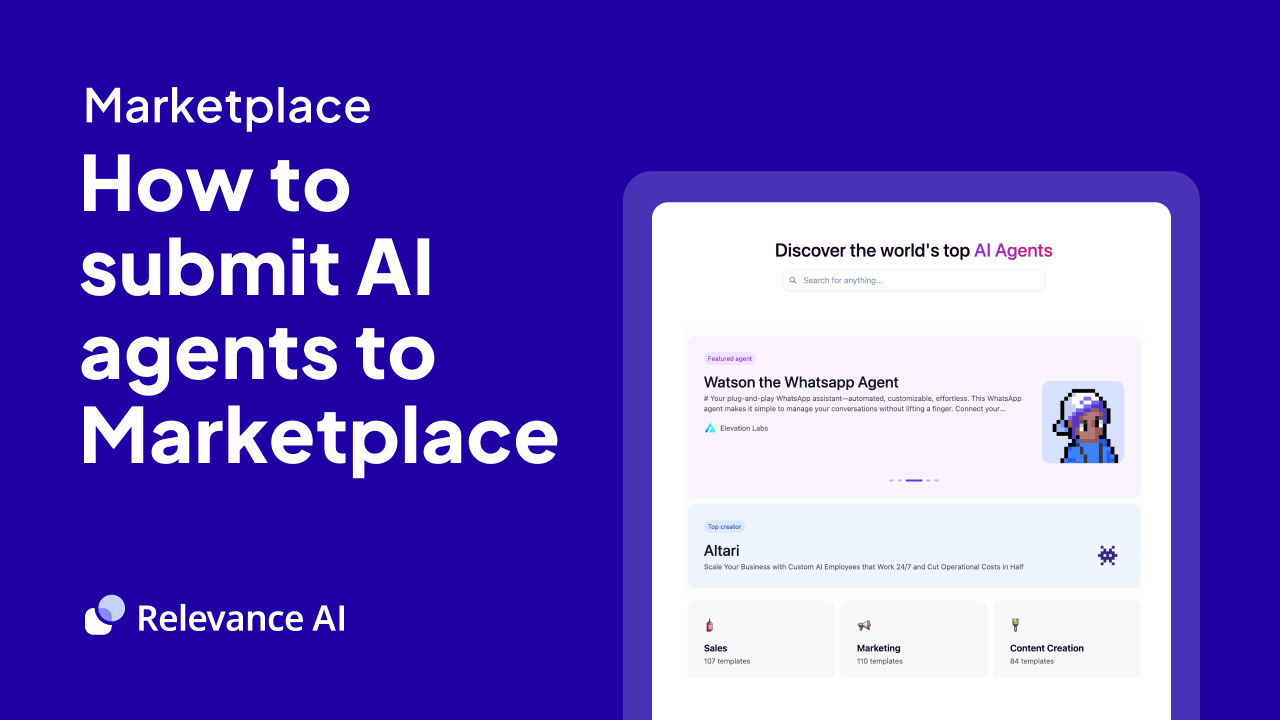Gmail Email Content Retriever
Overview
How to Use Gmail Content Retrieval Tool
The Gmail Content Retrieval Tool is an essential utility for developers and businesses looking to programmatically access and analyze email content from Gmail accounts. This powerful tool enables seamless extraction of comprehensive email data, including message content, metadata, and attachment information, all through a simple API integration.
Step-by-Step Guide to Using Gmail Content Retrieval Tool
1. Setting Up Authentication
- Google Account Setup: First, ensure you have a Google account with Gmail access. The tool requires an oauth_account_id, which serves as your authentication credential. This ID is securely managed and never exposed in the processing history.
- Message ID Preparation: Obtain the specific message_id for the email you want to retrieve. This unique identifier ensures you're accessing the exact email needed for your operations.
2. Making the API Request
- Authentication Verification: The tool automatically validates your oauth_account_id and constructs the appropriate API call to Gmail's servers. This happens behind the scenes, ensuring a secure connection to your email data.
- API Communication: The system sends a GET request to Gmail's API endpoint, specifically targeting the email identified by your message_id. This process is optimized for quick response times and reliable data retrieval.
3. Processing the Response
- Data Extraction: Upon successful connection, the tool systematically extracts key email components, including:
- The complete message content
- Sender and recipient information
- Subject line and timestamp
- Thread identification
- Label information
- Attachment details
- Error Management: The system actively monitors the response status, ensuring data completeness and handling any potential errors gracefully.
4. Accessing the Results
- Data Organization: The tool compiles all extracted information into a structured format, making it easy to access specific components of the email.
- Content Delivery: You receive a comprehensive dictionary containing all email details, formatted for immediate use in your applications or analyses.
Maximizing the Tool's Potential
- Automation Integration: Incorporate the tool into your workflow automation systems to streamline email processing and data extraction tasks. This can significantly enhance productivity for tasks requiring regular email content analysis.
- Data Analysis: Leverage the structured output format to build sophisticated email analytics systems. The tool's comprehensive data extraction capabilities make it perfect for creating detailed email insights and reports.
- Content Management: Use the tool's ability to access full message content and attachments for advanced content management systems, enabling efficient email archiving and organization strategies.
By effectively utilizing the Gmail Content Retrieval Tool, you can transform how you interact with email data, making it a valuable asset for both development and business intelligence applications.
How an AI Agent might use the Gmail Content Tool
The Gmail Content Retrieval Tool is a sophisticated solution that enables AI agents to access and analyze email content with precision and depth. By leveraging the Gmail API, this tool provides comprehensive access to email data, including message content, metadata, and attachment information, making it an invaluable resource for automated email management and analysis.
- Email Analysis and Response Generation: is a primary use case where AI agents can extract email content to understand context, tone, and urgency. This enables them to draft appropriate responses, prioritize communications, and maintain consistent communication threads. The tool's ability to access both snippets and full message content allows for nuanced understanding and contextually appropriate responses.
- Project Management and Task Extraction: AI agents can utilize this tool to automatically identify action items, deadlines, and commitments within emails. By analyzing email content and metadata, agents can create task lists, set reminders, and track project progress across email threads, ensuring nothing falls through the cracks.
- Communication Analytics and Reporting: represents another powerful application, where AI agents can analyze communication patterns, response times, and engagement levels. By accessing email metadata and content, agents can generate insights about communication effectiveness, identify bottlenecks, and suggest improvements to email workflows, helping organizations optimize their communication strategies.
Use Cases for Gmail Content Retrieval Tool
Email Compliance Officer
For compliance officers in regulated industries, the Gmail Content Retrieval tool serves as a crucial component in maintaining regulatory adherence and audit trails. By accessing specific email content through unique message IDs, officers can efficiently investigate compliance concerns, verify communication records, and gather evidence for audit purposes. The tool's ability to extract comprehensive email details, including sender information, timestamps, and complete message content, provides the granular level of documentation required for regulatory reporting. This becomes particularly valuable when responding to legal discovery requests or conducting internal investigations where precise email documentation is essential.
Customer Support Team Lead
Customer support team leads can leverage this tool to enhance quality assurance and training processes. By retrieving specific email interactions between support staff and customers, team leads can conduct detailed reviews of communication quality and response effectiveness. The tool's capability to extract full message content, along with metadata such as timestamps and labels, enables comprehensive analysis of support interactions. This granular access to email content allows for the identification of best practices, areas for improvement, and training opportunities. Team leads can use these insights to develop targeted coaching programs and establish benchmarks for customer communication standards.
Business Intelligence Analyst
Business intelligence analysts can utilize the Gmail Content Retrieval tool to conduct detailed communication pattern analysis. By accessing specific email content and metadata, analysts can extract valuable insights about internal and external communication flows, response times, and engagement patterns. The tool's ability to provide structured data about email threads, including participant information and temporal data, enables the creation of comprehensive communication analytics. This information can be used to optimize workflow processes, identify bottlenecks in communication channels, and develop data-driven strategies for improving organizational communication efficiency.
Benefits of Gmail Content Retrieval Tool
Comprehensive Email Data Access
The Gmail Content Retrieval tool provides unprecedented access to email data through a streamlined API integration. By leveraging the Gmail API with secure OAuth authentication, users can extract complete email details including headers, body content, and metadata. This comprehensive data retrieval capability eliminates the need for manual email parsing or complex email client interactions, making it invaluable for email automation and analysis workflows.
Intelligent Data Organization
One of the tool's standout features is its sophisticated approach to data organization. By automatically structuring email content into clearly defined fields - from basic elements like subject and date to more complex components like thread IDs and attachment counts - it transforms raw email data into actionable intelligence. This structured approach makes it significantly easier to analyze email patterns, track communications, and integrate email data into broader business processes.
Robust Error Handling
The tool's sophisticated error handling and response validation ensure reliable email data retrieval. By implementing comprehensive checks throughout the process - from API authentication to data decoding - it maintains data integrity while preventing incomplete or corrupted email content from affecting downstream processes. This reliability is crucial for businesses that depend on email data for critical operations or automated workflows.


































